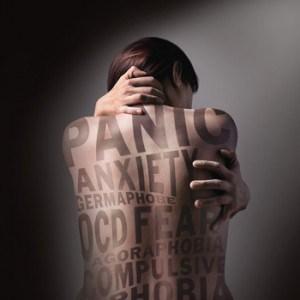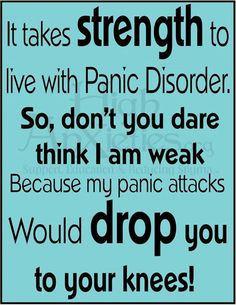
What are Panic Attacks?
A panic attack is a sudden rush of intense fear or discomfort, which reaches a peak within 10 minutes, and includes at least four of the following symptoms:
- racing or pounding heart
- sweating
- shaking or trembling
- shortness of breath or feelings of being smothered
- feeling of choking
- chest pain or discomfort
- chills or hot flashes
- nausea or upset stomach
- dizziness or lightheadedness
- a sense of things being unreal or feeling detached from oneself
- numbness or tingling sensations
- fear of losing control or “going crazy”
- fear of dying
Recognizing Panic Disorder in Children & Teens
- Children, especially if they are young, may have trouble describing their symptoms. Instead, younger children are more likely to talk about their physical symptoms (such as pounding heart, upset stomach, chest pain, or nausea), rather than psychological symptoms (such as a fear of “going crazy”). Teens may be better at describing what they experience during a panic attack.
- Children and teens having a panic attack may become suddenly very frightened or upset for no apparent reason. They might feel like something is wrong or that something bad will happen; however, they may not able to identify exactly what is going to happen.Note:Some children and teens might be embarrassed by their symptoms, and may not want to openly discuss what is happening.
- Children and teens may stop participating in activities that they think could lead to panic attacks, such as driving through a tunnel, entering crowded places, or participating in physical activities (e.g., running). They may also refuse to attend school or participate in hobbies and interests.
- They may do things to try and make themselves feel safer, such as traveling with someone they trust, staying where others can see them, or carrying something with them (such as a cell phone or water bottle).
- Children and teens may experience more symptoms at home than at school. This is because they feel less need to hide their symptoms at home.Note:If you suspect that your child has Panic Disorder, it is advisable to take him or her to a family physician for a medical check-up. Medical problems (such as diabetes, inner-ear disorders, or thyroid problems), excessive caffeine use, or adverse reaction to medication (such as asthma medications) may be playing a role in your child’s anxiety or panic-like reactions.





